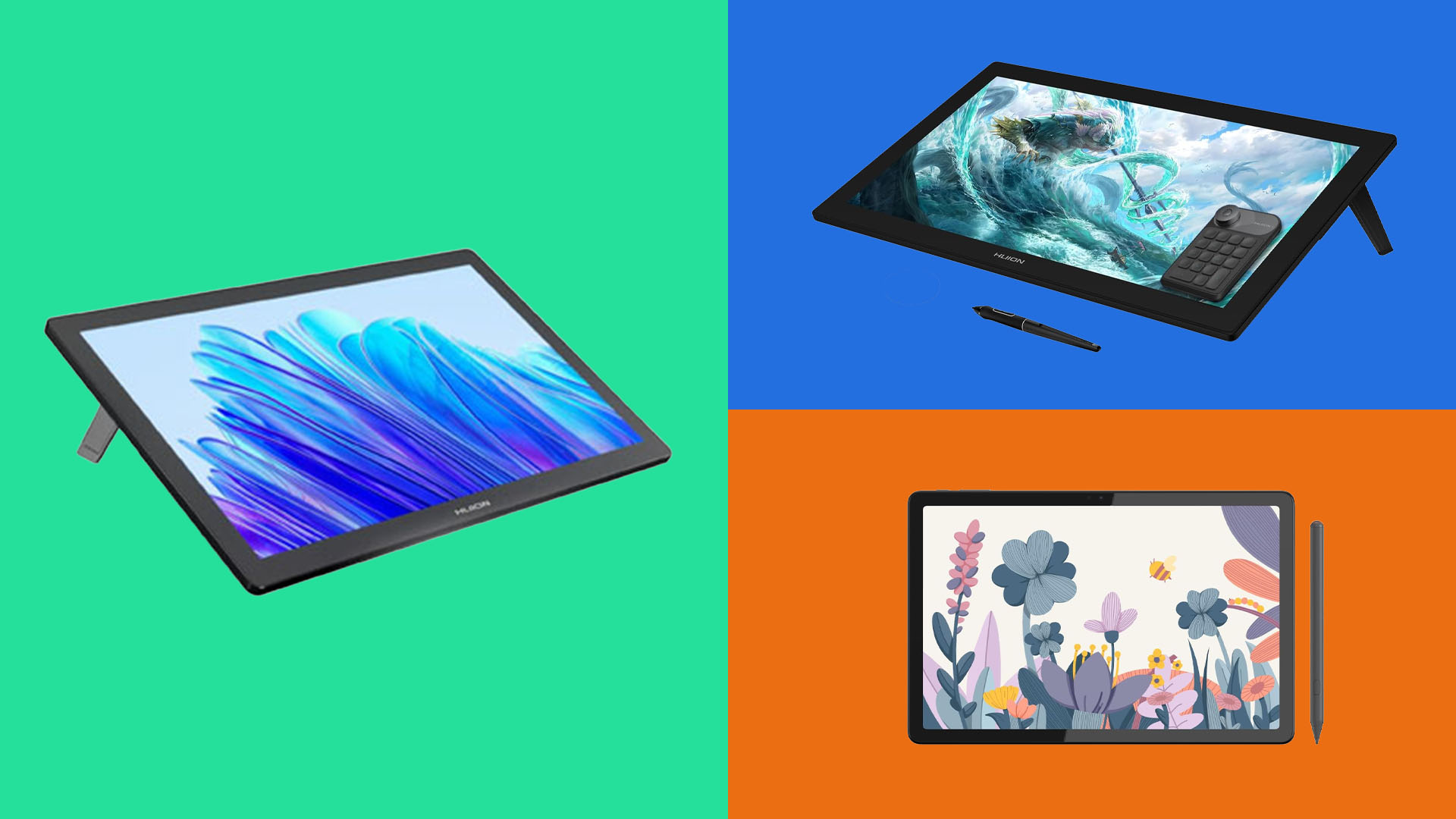How can you get people on board with your branding project? These pros explain all
I sat down with PayPal’s Iskra Velichkova and MUTABOR’s Burkhard Müller to discuss one of the biggest German rebrands of recent years.
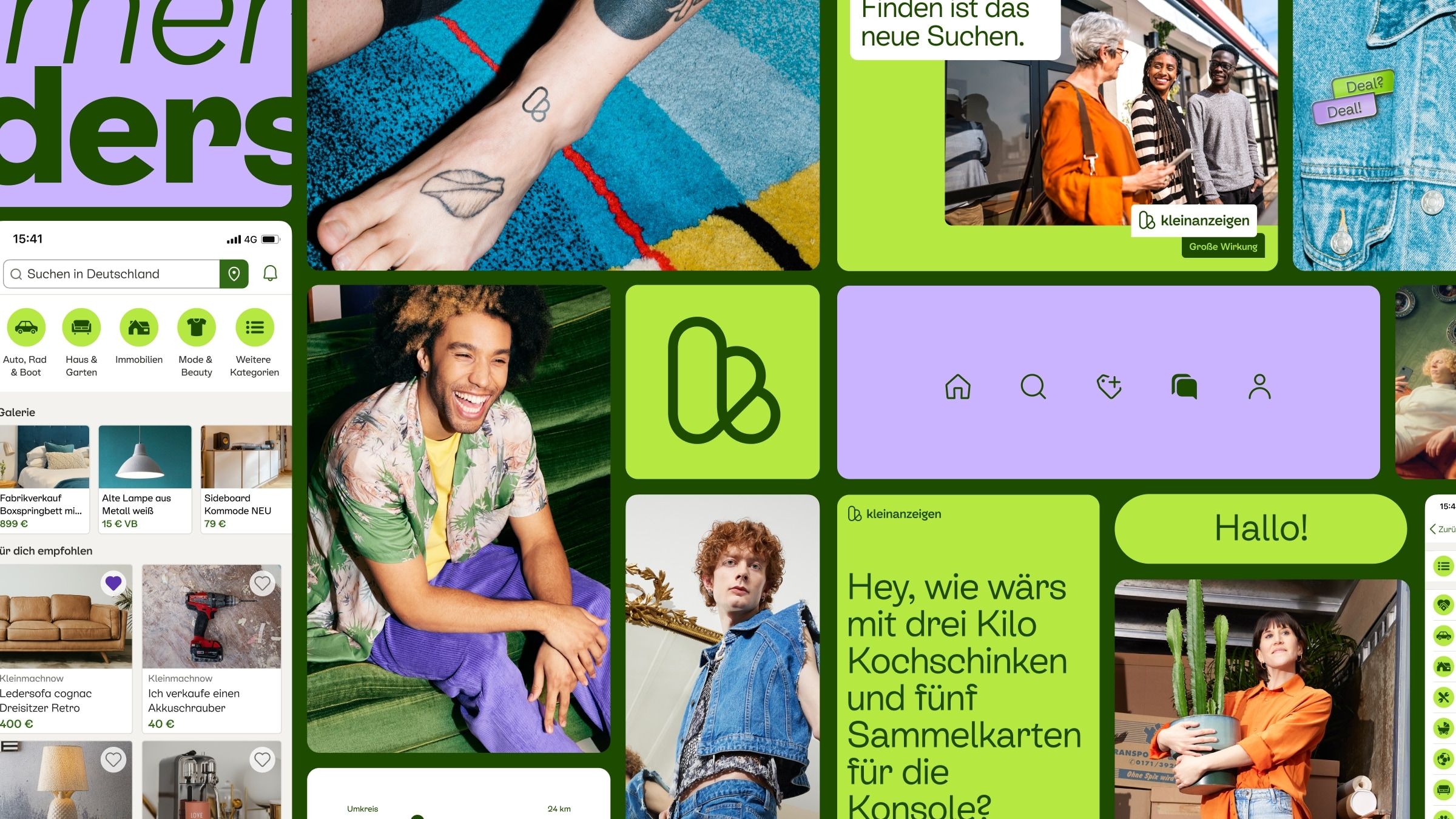
I recently had the pleasure of attending Frontify's conference, Paradigms, in Marrakech, Morocco. There, I heard many fascinating talks, including one by Iskra Velichkova, senior director of marketing at PayPal and former head of brand marketing at Kleinanzeigen, and Burkhard Müller, CDO at MUTABOR, Germany’s leading independent design agency.
Burkhard and Iskra worked together on the rebrand of Kleinanzeigen, Germany’s biggest online classifieds platform, moving from 'eBay Kleinanzeigen' to simply 'Kleinanzeigen' in one of the Germany's most acclaimed rebrands of recent years.
I caught up with them both after their talk to learn more about the rebrand, as well as discuss sustainability in branding (Iskra was named Green CMO 2025 at Germany’s W&V Summit in March) and the current challenges PayPal's brand is facing.
For more from Paradigms, see my chats with James Greenfield, co-founder of Koto, Spotify's Bianca Berning and The Blackpepper Studio.
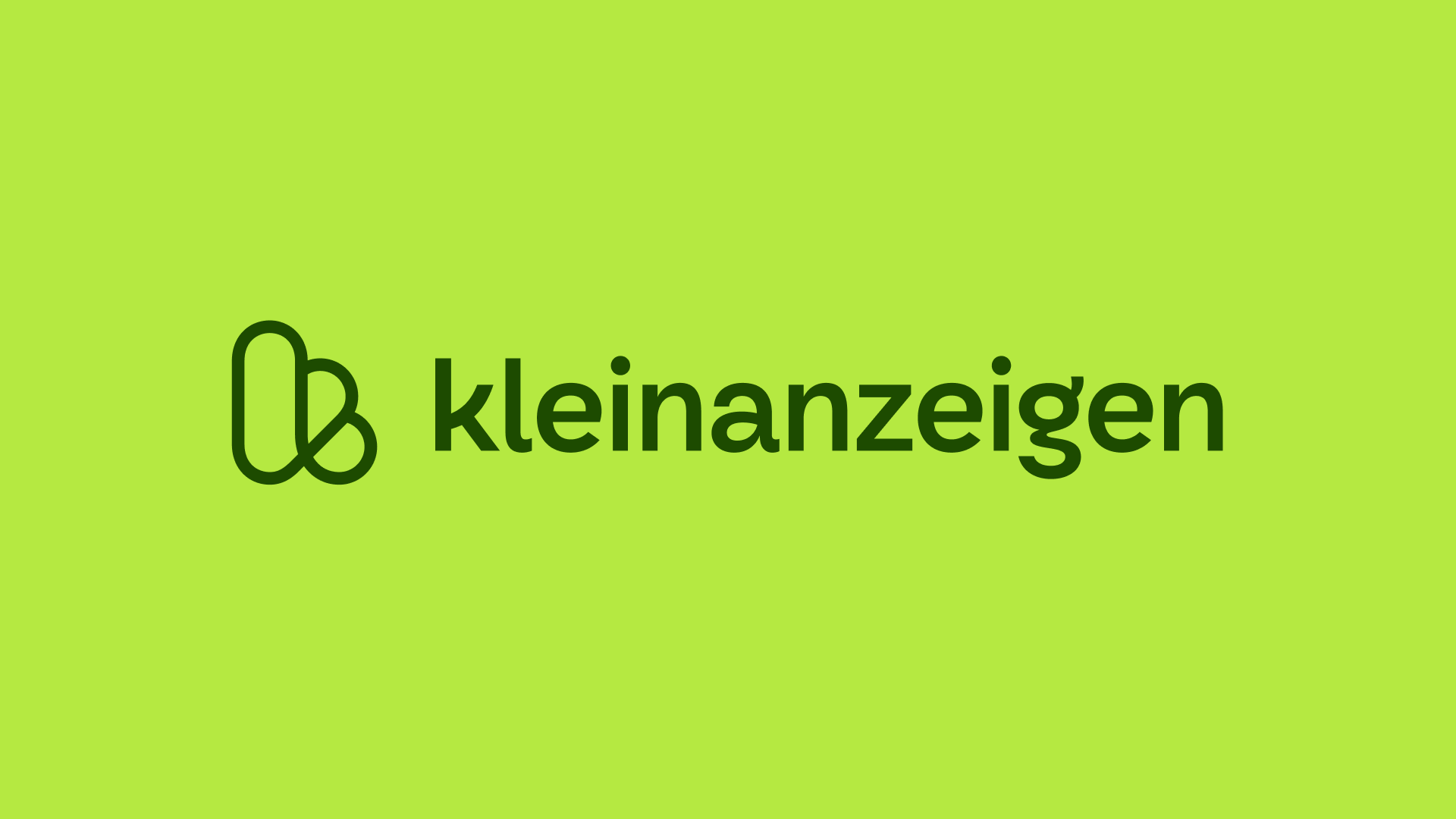
What were the challenges with the Kleinanzeigen rebrand?
Iskra Velichkova: There were a million challenges. Starting with what road do we take with the new brand? Do we delete eBay and stay Kleinanzeigen? Which is what we did in the end. Do we have a sound-alike? Do we have a completely new name?
We did a very thorough business case [on the name] and in the end we decided that the equity was so big, that we would just keep one part and not the other.
The biggest challenge internally was we took a lot of time to work on our brand model... It took us months and months and months of work, and then we presented internally 150 slides of brand model, and everyone was like, ‘Okay. Whatever. I don't care.’ Because we were talking to non-marketers.
Then we understood, we have to go down a different path. And from that point on, we started involving everyone in the company. So, we literally kept them informed on every step of the way and used them as an internal panel to derive learnings on what works and what not – directly from the experts on our product, which our colleagues were.
[We used them to] vote for creative concepts on the new brand, vote for the final ones that went into testing outside, but also keep them informed on every step of the way on the campaign... And by the time that the launch came, everyone loved the new brand internally. And that is very powerful.
That was one challenge that we turned into a big learning because if you manage to excite everyone internally, they will excite everyone else.
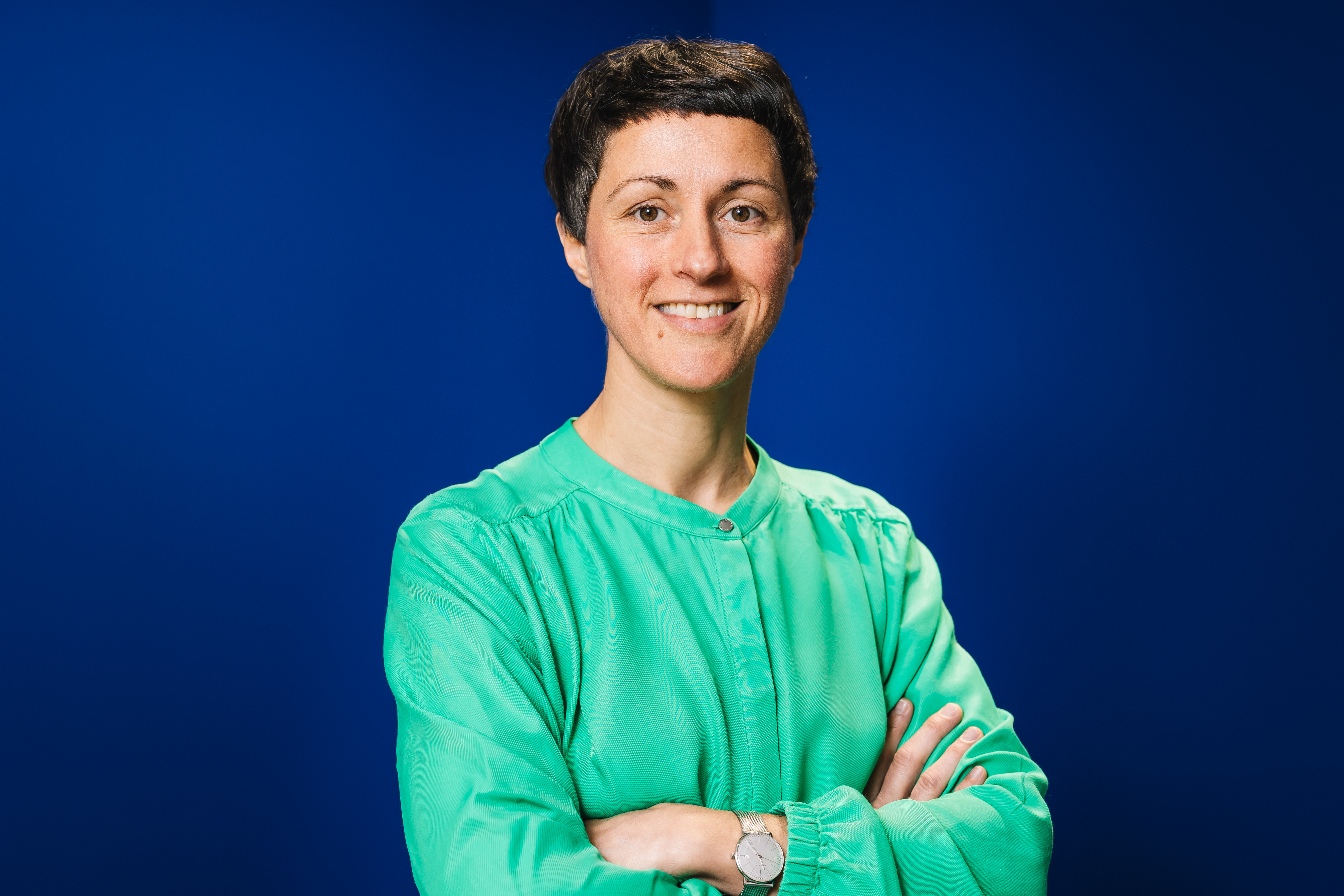
In May 2025, Iskra Velichkova was appointed Senior Director Marketing at PayPal. Prior to that, she was heading the brand marketing at Kleinanzeigen. In 2023, she oversaw the company’s rebrand from 'eBay Kleinanzeigen' to ‘Kleinzeigen’. For her work in the area of sustainability in marketing, Iskra Velichkova was honoured as Green CMO 2025 at Germany’s W&V Summit in March this year.
Burkhard Müller: From my perspective that was the most democratic design process that I was part of and that was really challenging. There was some pros and cons of this process. At the beginning, it was awesome because everyone drew their vision of the logo and it was more kind of inspiration. But I didn't have the feeling that they expected it to be exactly what they drew. We took this as one source of insight that we took into consideration...
But I remember that on the way, when it came closer to making tough decisions, there was a certain point of time where we had to recalibrate that in the end, someone has to decide. And that was very important. And otherwise, I think it would have been something in-between, a compromise between hundreds of opinions.
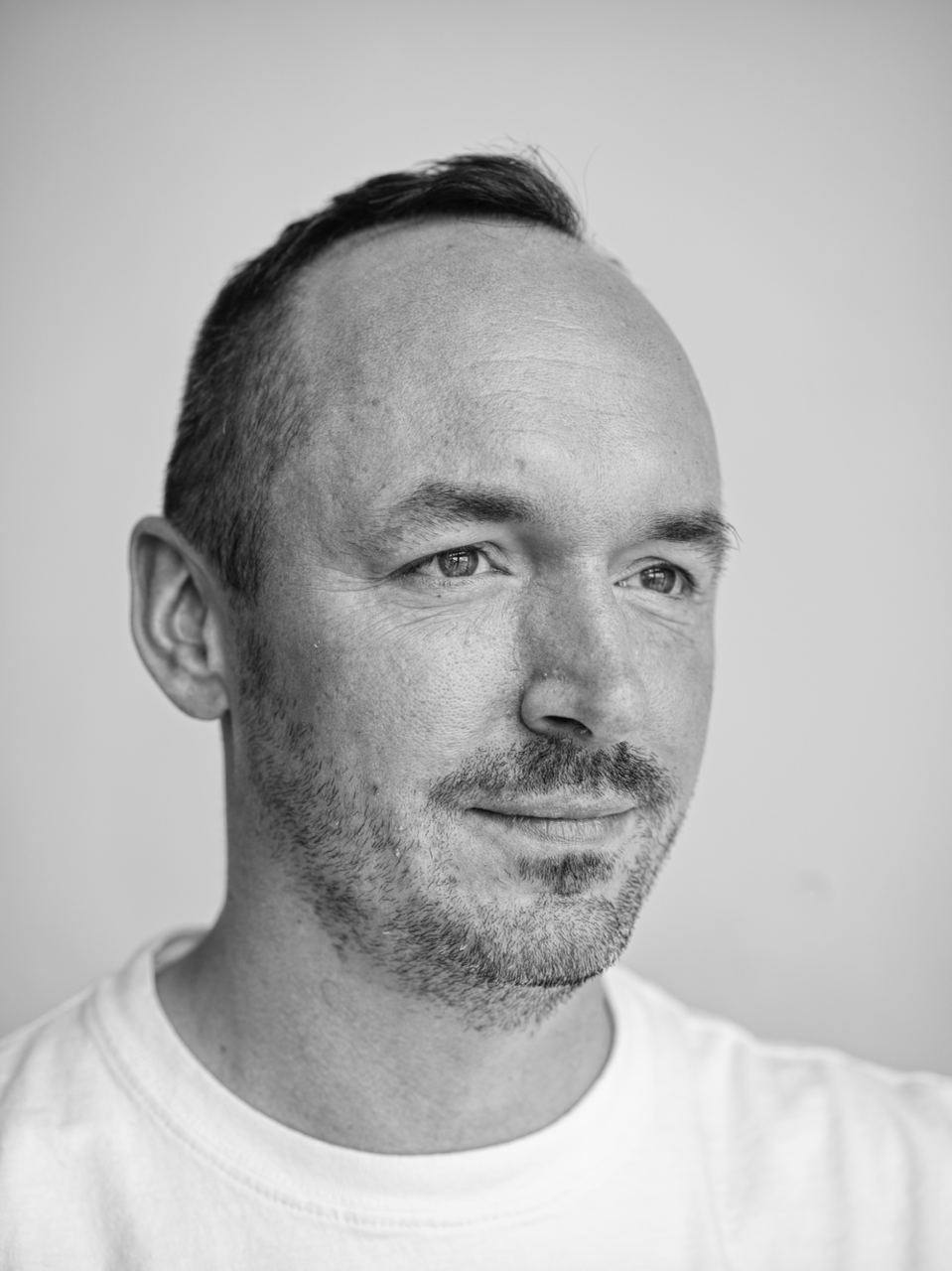
Burkhard Müller is CDO of MUTABOR, Germany’s leading independent design agency. His mission is to inspire brands toward innovation and empower creatives to shape business decisions. He’s also President of ADC Germany, overseeing the ADC Award, ADC Festival, and ADC Digital Conference.
What do you do if somebody's not on board with a new brand?
IV: Try to get them comfortable with the novelty. And this is true for any kind of change process. In our case, it was important to use this frequency effect. So really leak the logo and make people see it as often as possible in order to build that type of affinity that comes with increased frequency. It's a very simple way to make people comfortable with change.
BM: For example, the app started to change half a year before [the logo dropped]. So, the colours changed, the font changed. People maybe felt it, but they didn't directly see it.
In the end, the logo was leaked, but the app was already in the new phase. A green tone changed and some modules changed. In the end, only the app icon changed… You need a big bang in marketing to get attention. But you have to do the exact opposite for the product. For the product, we took half a year of tiny changes and testing and optimising and then retesting… This combination was essential for a digital product.
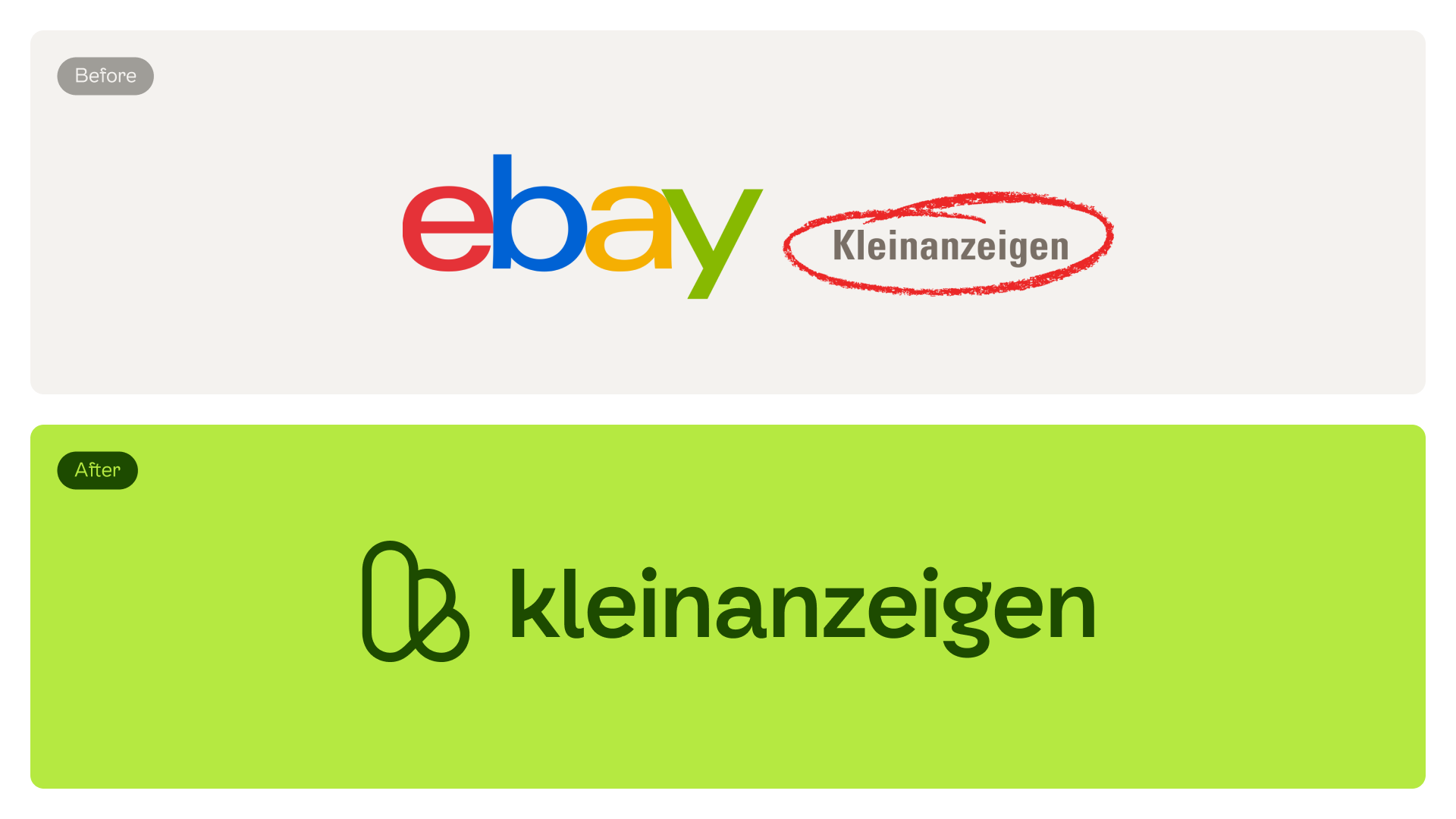
IV: And that was also one of the challenges in the process, because it was a common project of marketing and product, and all of the rest of the company, and we had diagonally different interests. Product is all about slice it, make little changes, as little disruption as possible. And all marketing wants is a big bang, because we need to draw attention at one certain point.
Daily design news, reviews, how-tos and more, as picked by the editors.
We found this compromise that we sliced the introduction in the product, but we kept enough change for the big bang. We introduced the logo and Dark Mode in the app, which was something that users had longed for for a very long time.
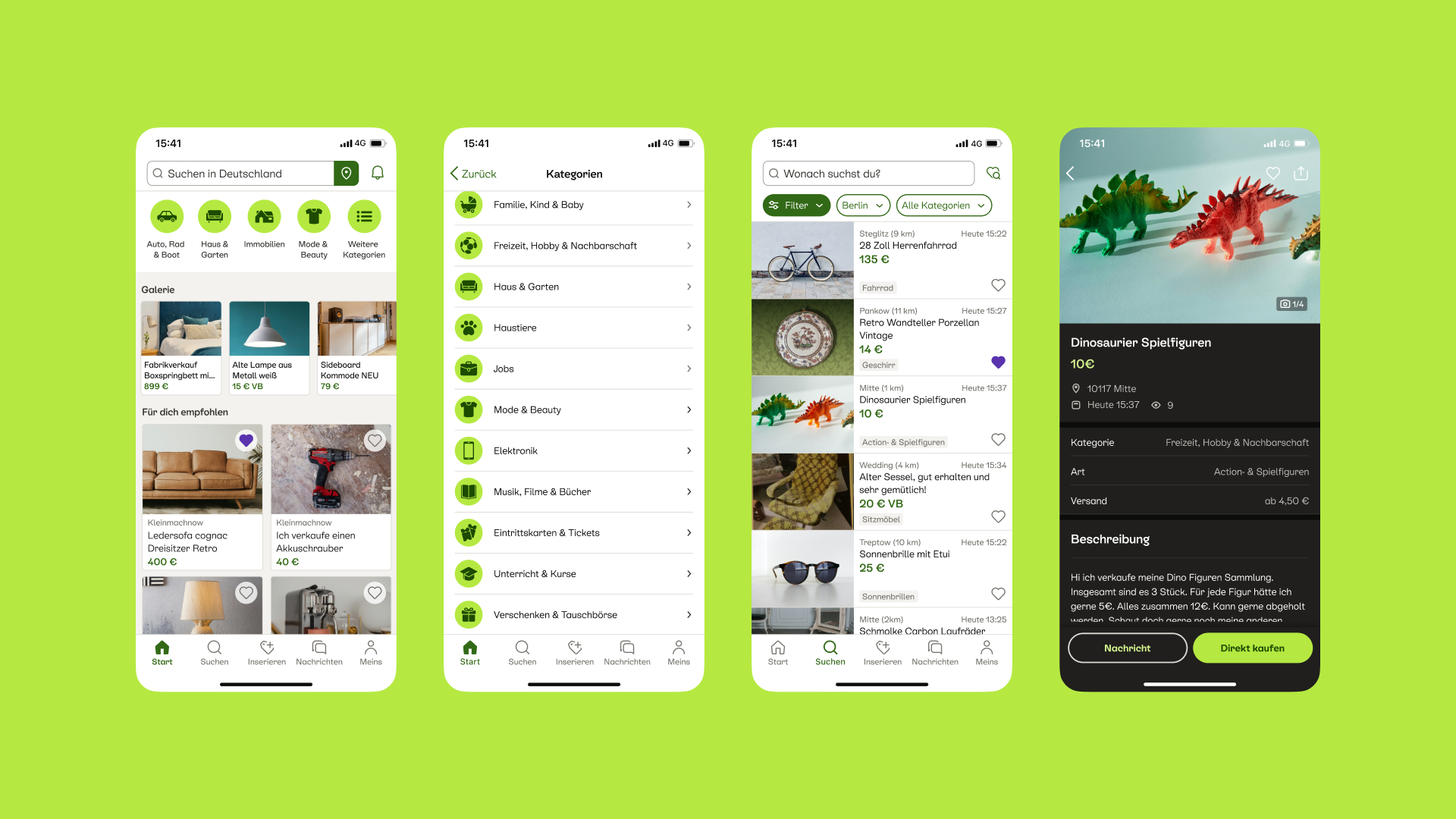
How do you think we can make branding more sustainable?
BM: In marketing in general, especially advertising, what I think is a big misunderstanding is that we have to work like fashion and introduce something new every season. From my point of view, the most effective advertising and marketing is when you really repeat over a long period of time. You can do slight changes to stay interesting, but you need this frequency effect also in marketing.
When you have a new story every time – something completely different – you learn the brand from a new perspective every time, but it can't really sink in. I think this is something which is very important.
Then when it comes to sustainability, it costs a lot of time, every time you pitch or you have a new production. I would recommend brands create something with good insights, good data, but then really stick to it and keep using that.
IV: I can second that, but also if you look at it from a more functional day to day perspective. The Kleinanzeigen brand had to encompass dark mode, that was one very important feature, which saves energy when you use the app. Then on the other hand… in marketing, you need something that shouts at people because you need maximum attention. But in the product, the brand needs to be dialled down. In a digital product, people care about functionality, they don't care about your looks. So that was also something that we catered for.
The brand is very dialled down in the app, but we have a very prominent green colour, for example. If we play that in Out Of Home, it's really visible from very far away. If you optimise your brand for attention, you also make it more effective. So you have to spend less money on marketing and you use up less resources to show your ads – a win-win situation.
And then we've worked a lot on the media side of things, media rollout has a very big potential for reducing CO2. One of the projects that we did with our media agency last year was optimising our highest growing channel: online video. We looked into how we can optimise the rollout of online videos so that it produces less CO2.
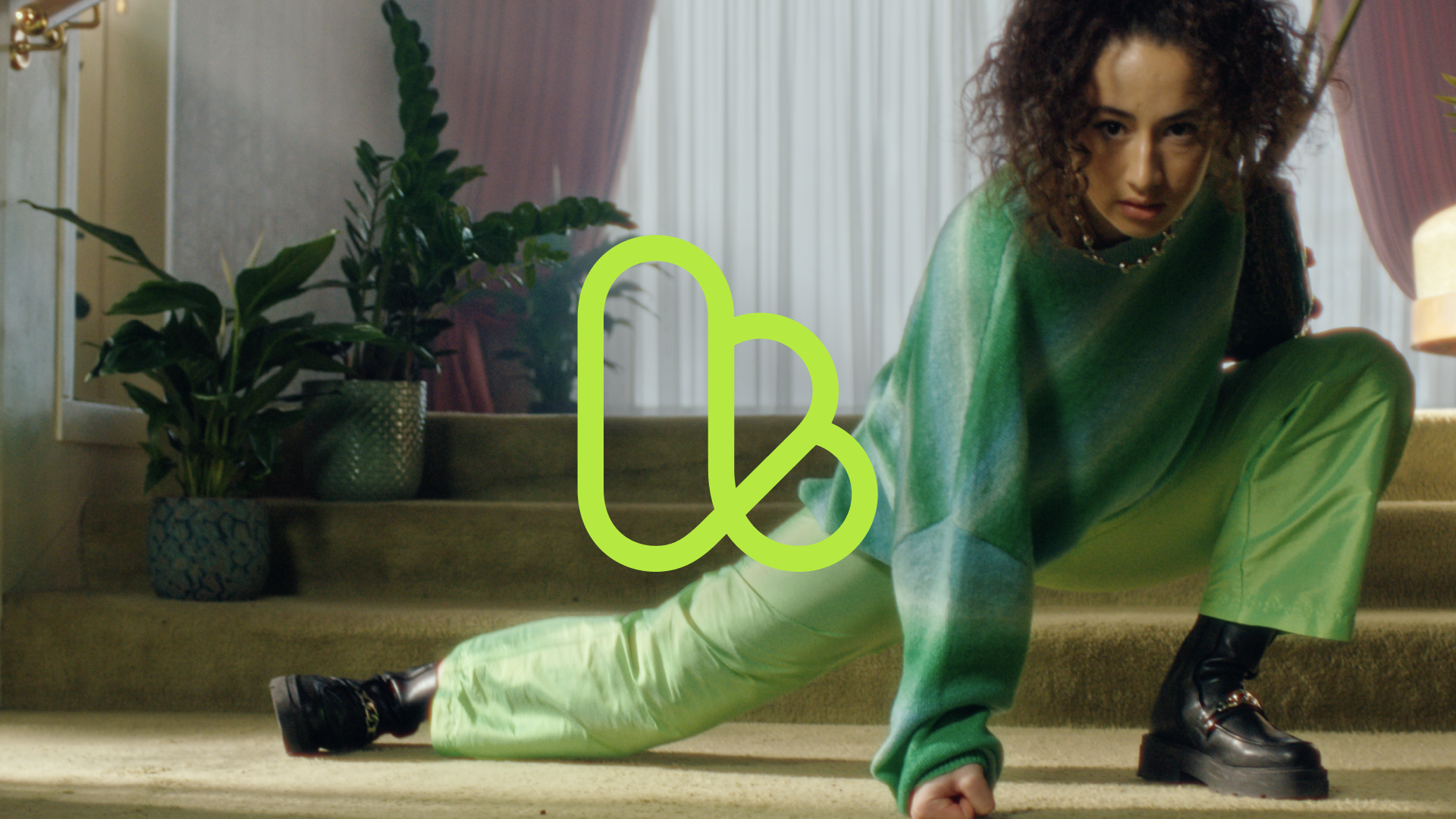
There are literally some no-brainers that everyone can use: for example, reduce file size. Because online video ads are basically streaming. So the less data you stream, the more sustainable it is because the less CO2 is produced.
Then optimise for green energy in your rollout. So use the time slots where the industry is not working and that's when there's more green energy in the mix. Now that also has the positive effect of when the industry is not working, your target audience is also not working. So they have more time to watch your ads.
And the third one is to pick your partners, so the sites where your ads are running have shorter delivery chains. That means that there are less reseller sites on the chain, which has the positive effect of less traffic, less CO2, but it also has the positive effect that there is less ad fraud, because the more you have resellers, the less control you have on where your ad is actually running. So if you want your ad to reach real people and not bots, that's also a good solution.
BM: One aspect is to empower non designers. I'm not sure if this is a sustainability case, but it's efficiency, when you work with a brand. Building guidelines is just the first step, but this is always from experts for experts… Due to technologies like AI, for instance, just one example, you can empower people who don't have the skills this can save you a lot of time, a lot of energy, a lot of resources, and make a brand more accessible to everyone.
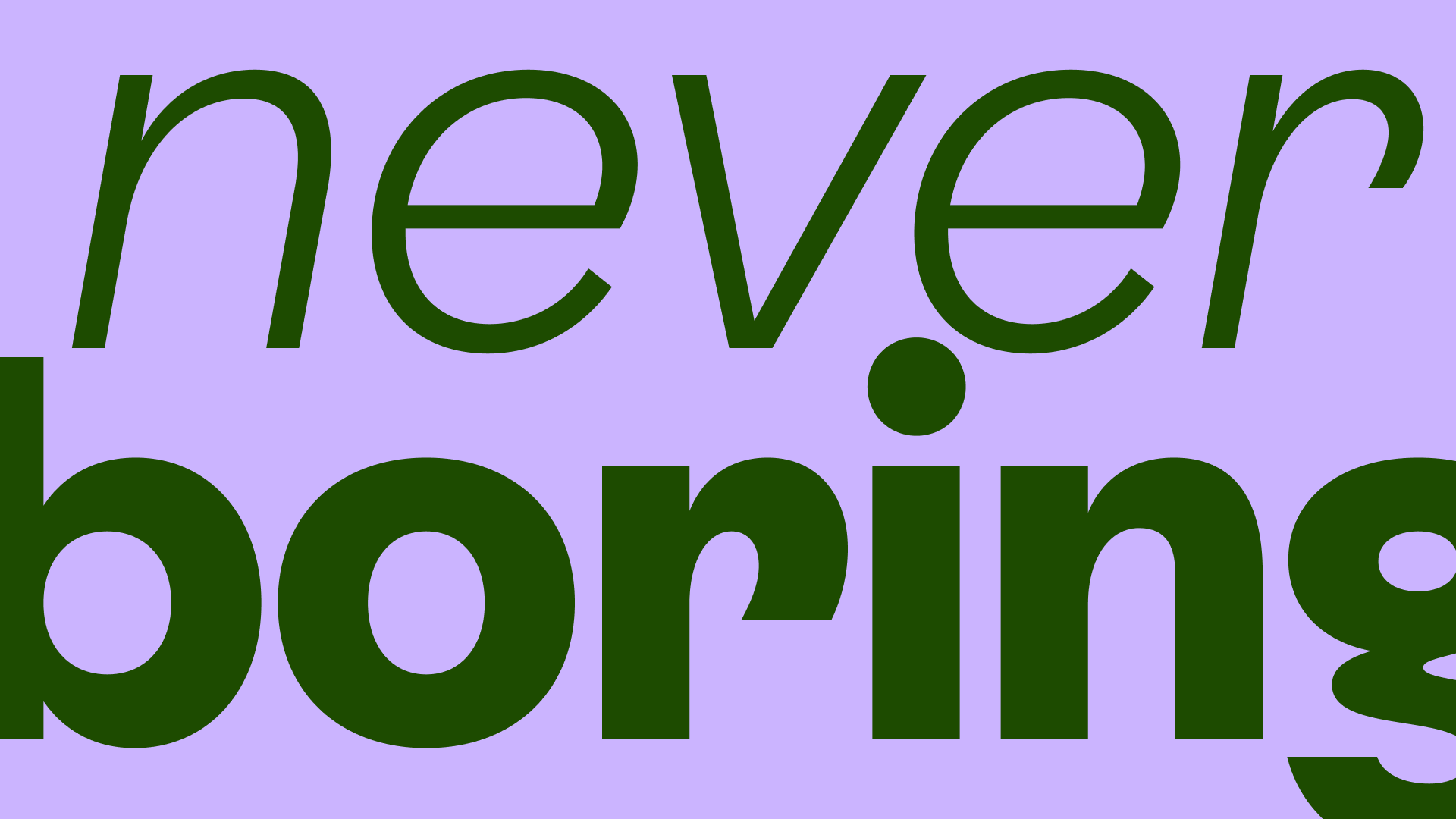
How is AI changing the way you work?
BM: Empowering non-professionals as I just mentioned. I think AI can destroy a lot of the market. I always say that every company who says ‘good’ is ‘good enough’, they can automate everything in the near future.. But when you want to differentiate, you have to go further.
We always say 80% of content you produce as a brand is just using your guidelines. And this is something you can use tools like AI to automate it and to increase the quality because the reality today is that you don't have experts for every touchpoint.
My standard example is HR. HR normally don't have an agency doing their ads and designing it. In many cases, this happens internally. And there are tons of cases or internal presentations or newsletters, where you wouldn't hire an agency, you don't do a photo shoot, you don't hire illustrators. So you can use new technology to use, for example, your brand guidelines and produce content in the style of your brand.
We built a tool that can train the image style of your brand and then use AI as a non-designer, you just type a prompt and it automatically adds in the background, all the details, how your brand looks, how the light is, how the people should behave. This is just one example. You can do this with text, you can do this with strategy, and I think this is something we will see even more.
Another example from another brand is Canva. Normally this is a tool which non-designers use to, for example, design a birthday card, stuff like that. But it happens that more and more people, non-designers, bring this to their business and Canva became quite powerful, you can add a templates, you can add AI features, you can have an approval process.
We have clients who use this to empower more people in the company to produce more stuff. So I think new technology is going to empower people to produce stuff they wouldn't have been able to before. I think this will be a huge shift in the near future, how people work with a brand.
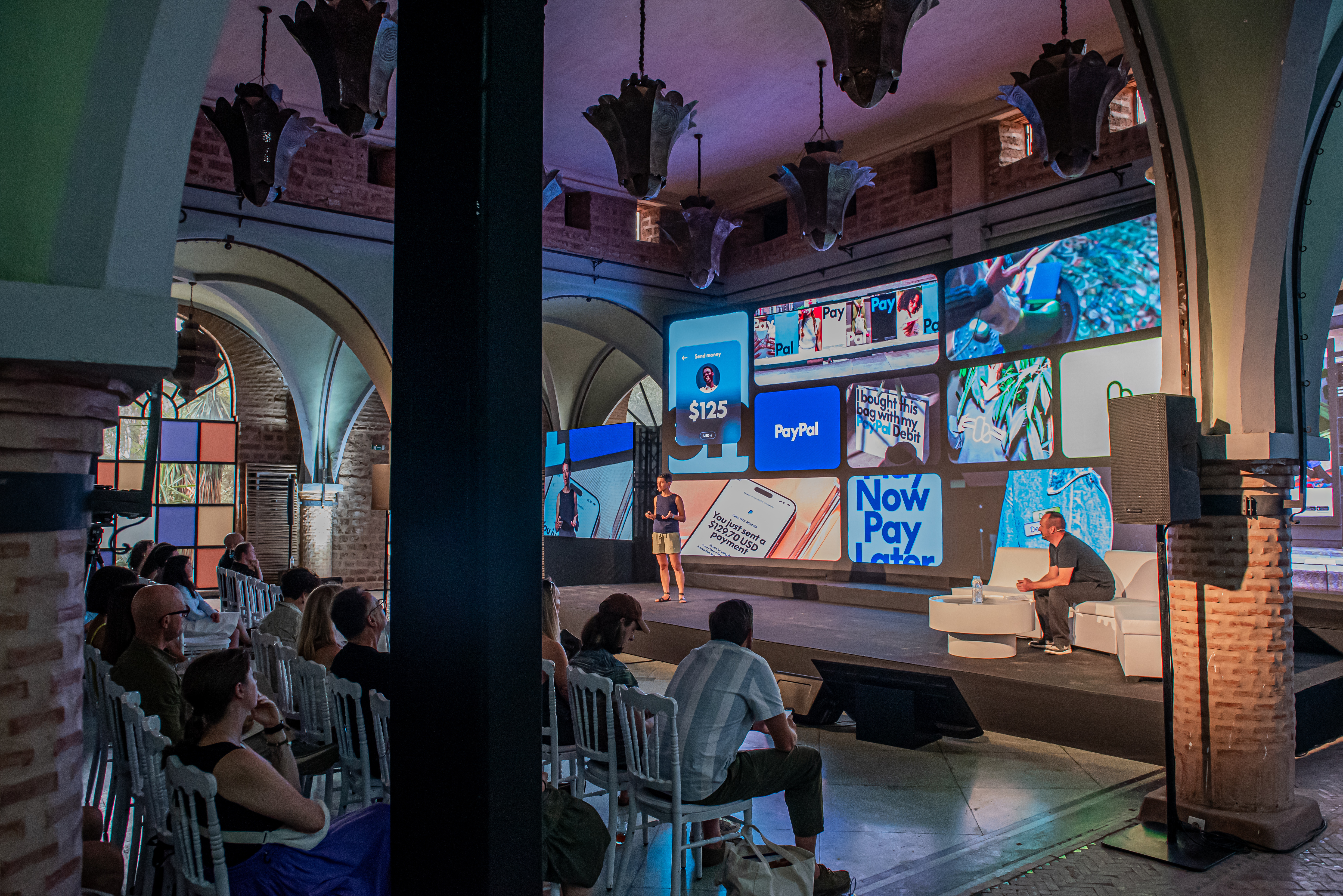
What do you think the biggest challenges are that PayPal is facing in terms of its brand?
IV: I can only speak for Germany, where PayPal is already the number one online payment method in e-commerce and very popular among consumers. The biggest challenge was not about awareness or trust, but about making PayPal available in more payment situations.
Until recently, PayPal was mainly associated with online payments. With the launch of our new in-store solution via the PayPal app, we have closed this gap and made PayPal available everywhere – both online and offline.
The challenge now is to establish PayPal also in the offline retail environment. The good news is: consumers don’t have to change their behaviour dramatically, since paying with a smartphone is already familiar to them. We can build on this existing habit, while at the same time making our product more attractive through additional benefits such as rewards. In that way, we want to position PayPal not only as the leading digital payment method, but as the most convenient and valuable way to pay – wherever people shop.
BM: I think you are planning to become the default for payment.
IV: Let's hope.
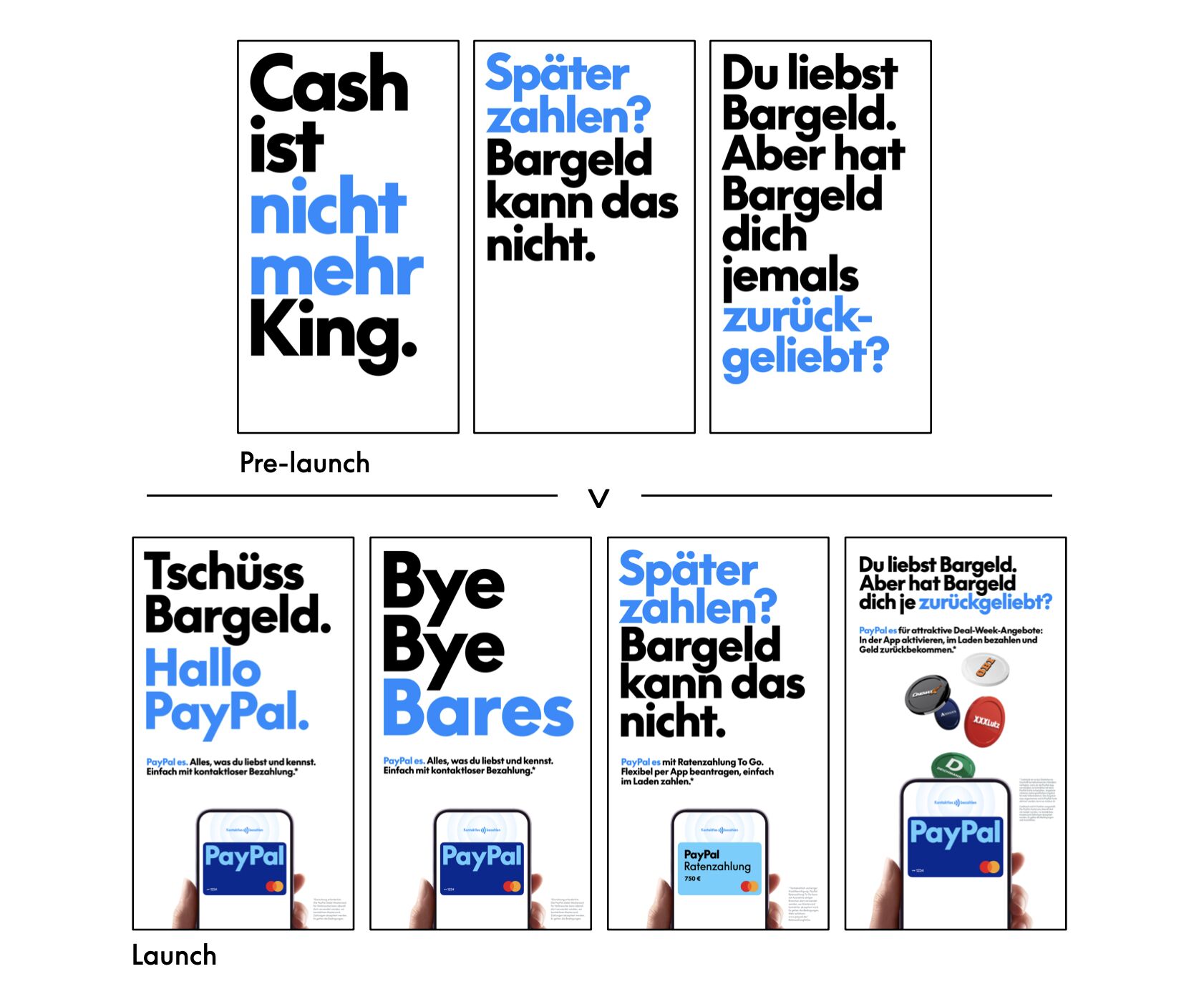
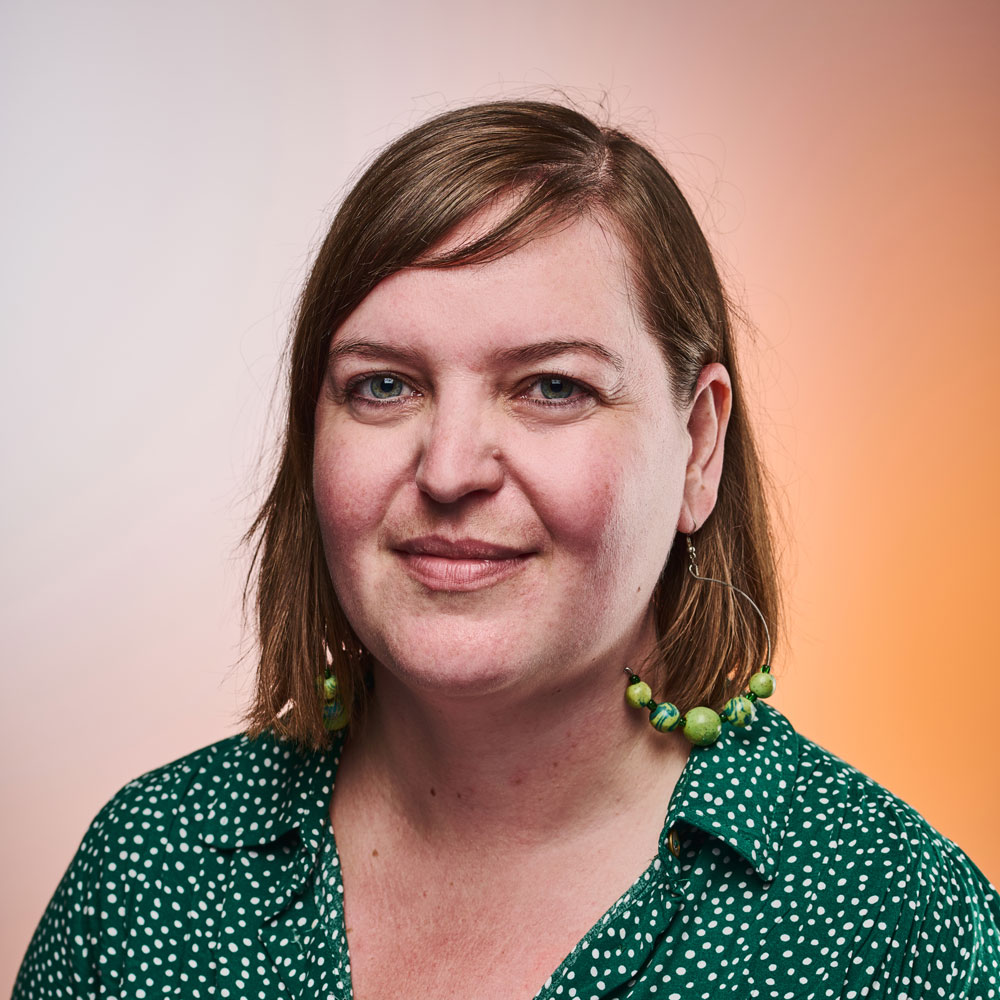
Rosie Hilder is Creative Bloq's Deputy Editor. After beginning her career in journalism in Argentina – where she worked as Deputy Editor of Time Out Buenos Aires – she moved back to the UK and joined Future Plc in 2016. Since then, she's worked as Operations Editor on magazines including Computer Arts, 3D World and Paint & Draw and Mac|Life. In 2018, she joined Creative Bloq, where she now assists with the daily management of the site, including growing the site's reach, getting involved in events, such as judging the Brand Impact Awards, and helping make sure our content serves the reader as best it can.
You must confirm your public display name before commenting
Please logout and then login again, you will then be prompted to enter your display name.
